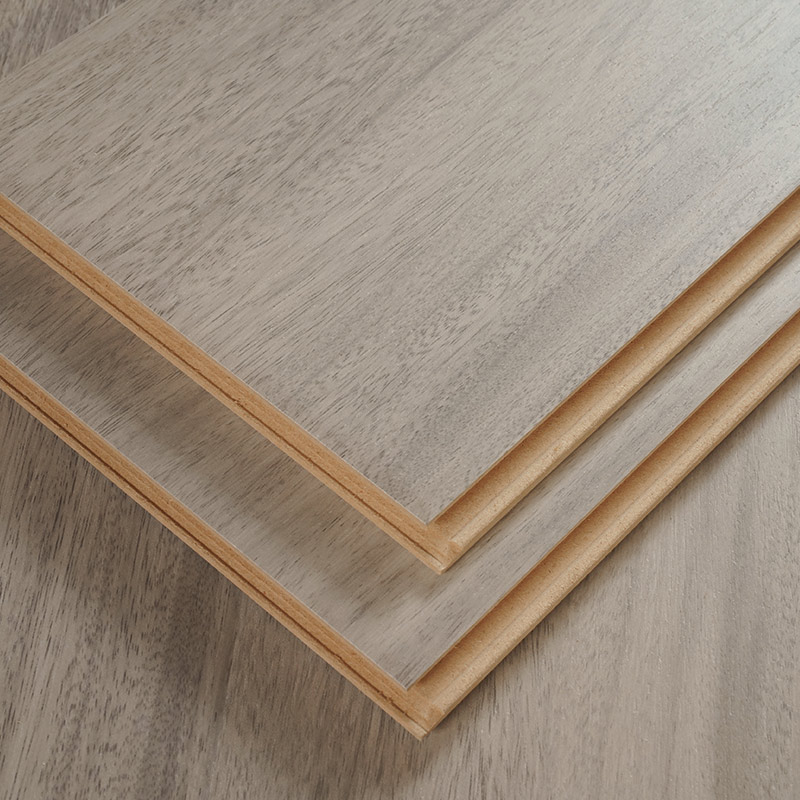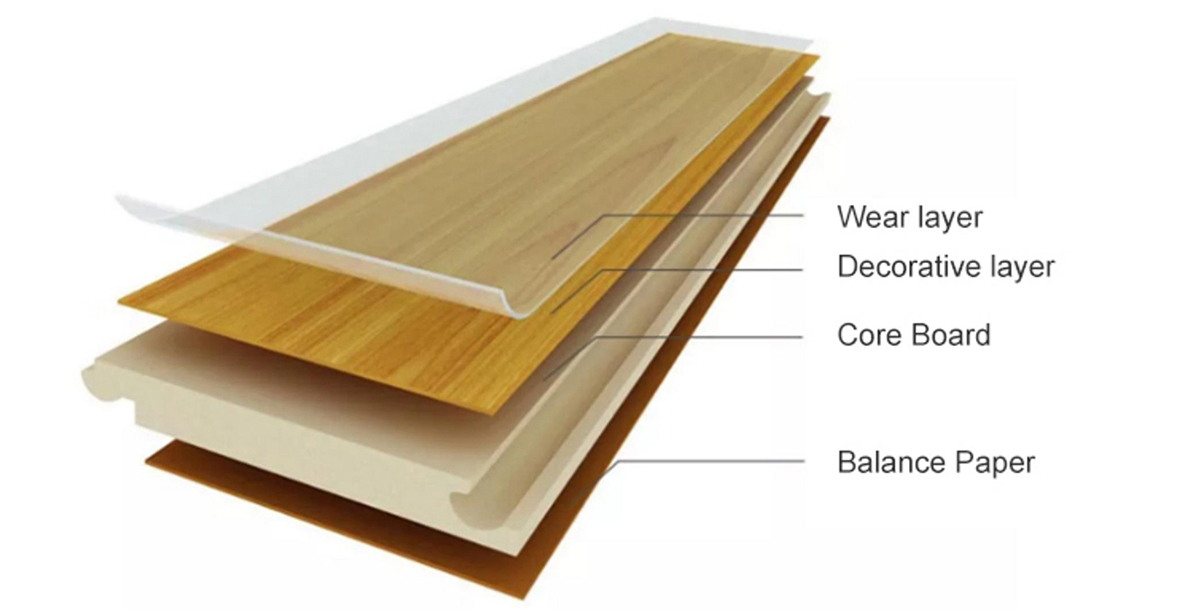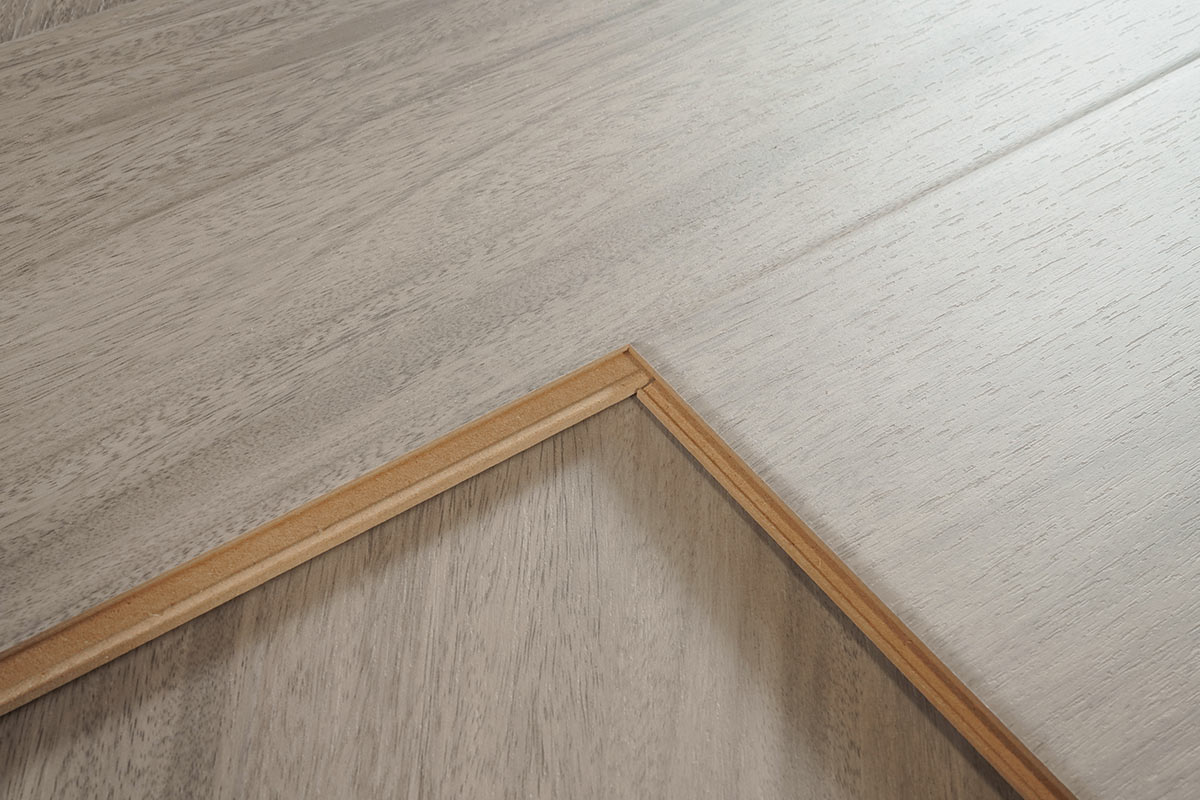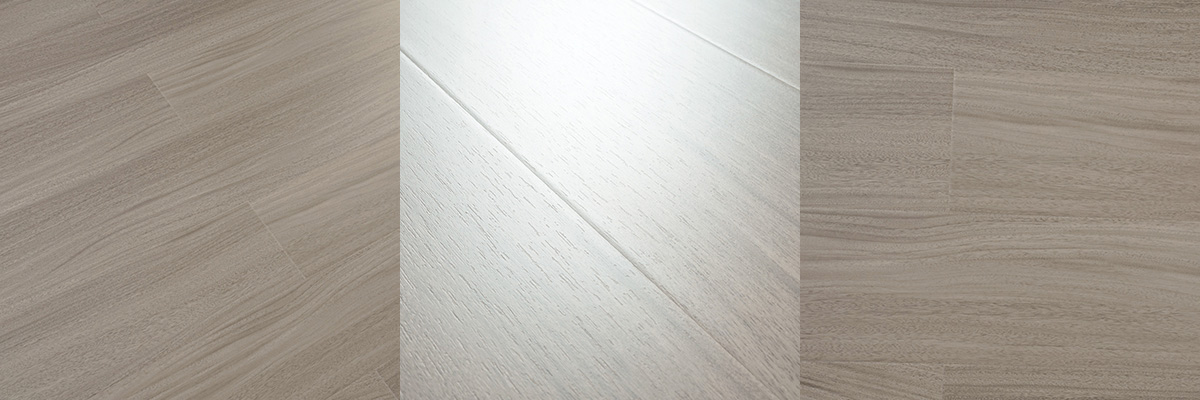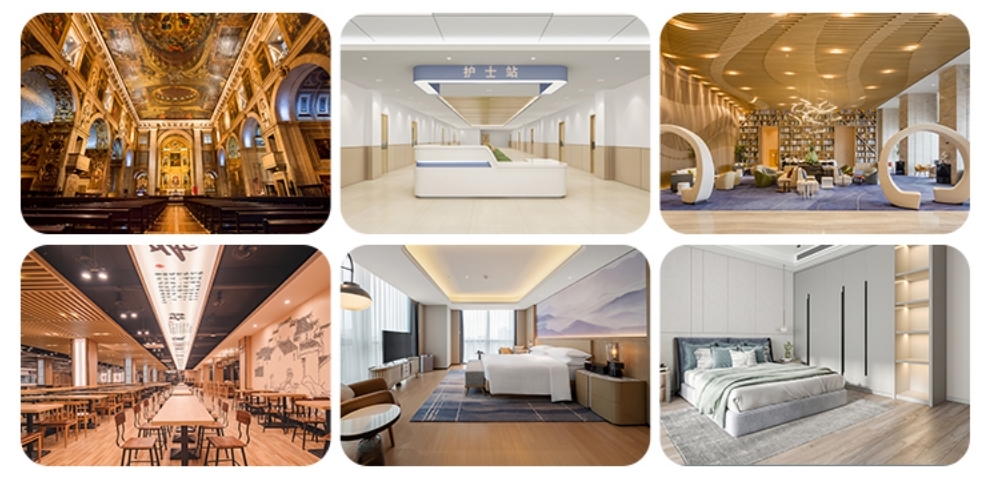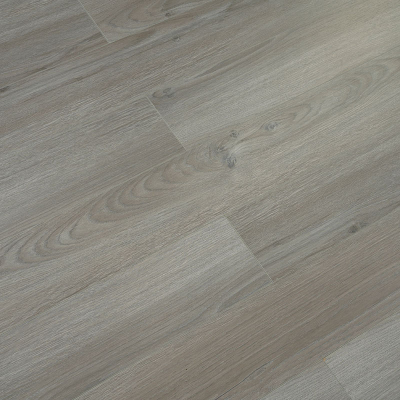Floormaker Flame resistance Laminate Flooring
Flame-resistant laminate flooring provides enhanced safety, durability, and compliance with stringent building codes. Engineered using advanced resins and retardant materials, it resists ignition and minimizes smoke emissions, making it suitable for residential and high-traffic commercial spaces. It offers excellent dimensional stability, easy maintenance, and long-lasting surface integrity even under heat exposure. Furthermore, this flooring supports sustainable manufacturing through low-VOC emissions and recyclable materials. Combining modern design versatility with advanced safety performance, it ensures both aesthetic value and fire protection in demanding environments.
Laminate flooring is widely appreciated for its aesthetic appeal, affordability, and ease of maintenance. However, in environments where fire safety is a priority, flame resistance becomes a key performance factor. This article provides an in-depth technical explanation of flame-resistant laminate flooring, exploring materials, engineering mechanisms, compliance standards, and practical considerations.
Understanding Flame-Resistant Laminate Flooring
Flame-resistant laminate flooring is engineered to slow the spread of fire and reduce smoke generation, providing valuable time for occupants to evacuate. Its structure typically includes:
Wear Layer: Melamine resin-based, infused with aluminum oxide for heat stability.
Decorative Layer: Printed paper treated with flame retardant chemicals.
Core Layer: High-Density Fiberboard (HDF) or Medium-Density Fiberboard (MDF) enhanced with ammonium polyphosphate or melamine-formaldehyde resins to improve flame retardancy.
Backing Layer: A stabilizing sheet that minimizes deformation under thermal stress.
This multi-layer composition allows the flooring to meet international fire classification standards such as EN 13501-1 (Bfl-s1 or Cfl-s1) and ASTM E648 for critical radiant flux.
Engineering Principles Behind Fire Resistance
The fire performance of laminate flooring depends on the synergy between material composition, density, and protective coatings. The melamine topcoat resists ignition due to its high nitrogen content and thermal decomposition behavior, forming a protective char barrier when exposed to heat.
The HDF core’s density (≥850 kg/m³) and low oxygen permeability slow down combustion, while additives like magnesium hydroxide (Mg(OH)₂) or aluminum trihydrate (ATH) release water molecules when heated, reducing flame spread and smoke release.
Compliance with International Fire Safety Regulations
Flame-resistant laminate flooring must comply with several global standards:
EN 13501-1 (Europe): Determines reaction to fire classification (e.g., Bfl-s1 = low smoke, high resistance).
ASTM E648 (USA): Measures critical radiant flux to assess fire propagation risk.
ISO 9239-1: Specifies radiant heat energy required for flooring ignition.
GB 8624 (China): Classifies building materials based on flame spread index.
Meeting these standards ensures that laminate flooring is suitable for commercial, hospitality, and public facilities where regulatory fire resistance requirements apply.
Practical Guidelines and Safety Considerations
Installation: Use underlays and adhesives that comply with the same fire classification.
Maintenance: Avoid wax or oil-based cleaners, which may alter surface ignition behavior.
Environment: Keep flooring away from direct heat sources such as stoves or industrial equipment.
Inspection: Perform annual safety checks to ensure no damage compromises fire protection.
Advantages of Flame-Resistant Laminate Flooring
Flame-resistant laminate flooring provides enhanced safety, durability, and compliance with stringent building codes. Engineered using advanced resins and retardant materials, it resists ignition and minimizes smoke emissions, making it suitable for residential and high-traffic commercial spaces. It offers excellent dimensional stability, easy maintenance, and long-lasting surface integrity even under heat exposure. Furthermore, this flooring supports sustainable manufacturing through low-VOC emissions and recyclable materials. Combining modern design versatility with advanced safety performance, it ensures both aesthetic value and fire protection in demanding environments.
Frequently Asked Questions
Q1: How is flame resistance measured in laminate flooring?
It is tested under standards like EN 13501-1 or ASTM E648, which evaluate ignition delay, heat release, and smoke density.
Q2: Does flame resistance affect flooring durability?
No. Properly engineered flooring maintains mechanical strength and aesthetic performance while improving fire safety.
Q3: Can flame-resistant laminate be installed in kitchens or corridors?
Yes, but ensure it meets at least a Bfl-s1 rating for commercial safety compliance.
Q4: Are flame-resistant coatings toxic?
No. Modern coatings use halogen-free retardants, ensuring low toxicity and compliance with environmental safety standards such as REACH and RoHS.
Professional Recommendation and Call to Action
We recommend choosing flame-resistant laminate flooring that complies with EN, ASTM, and ISO standards to ensure both beauty and safety. Consult certified flooring professionals to verify installation requirements and documentation for fire ratings.
Call to Action:
For projects demanding advanced safety performance and modern aesthetics, opt for flame-resistant laminate flooring tested under international standards. Contact qualified flooring experts to receive tailored recommendations for your building’s fire safety and interior design needs.
Application
Application: Laminate flooring can be used in home kitchens and restaurants because of its good moisture resistance and water resistance. Public places such as schools, hospitals, offices




